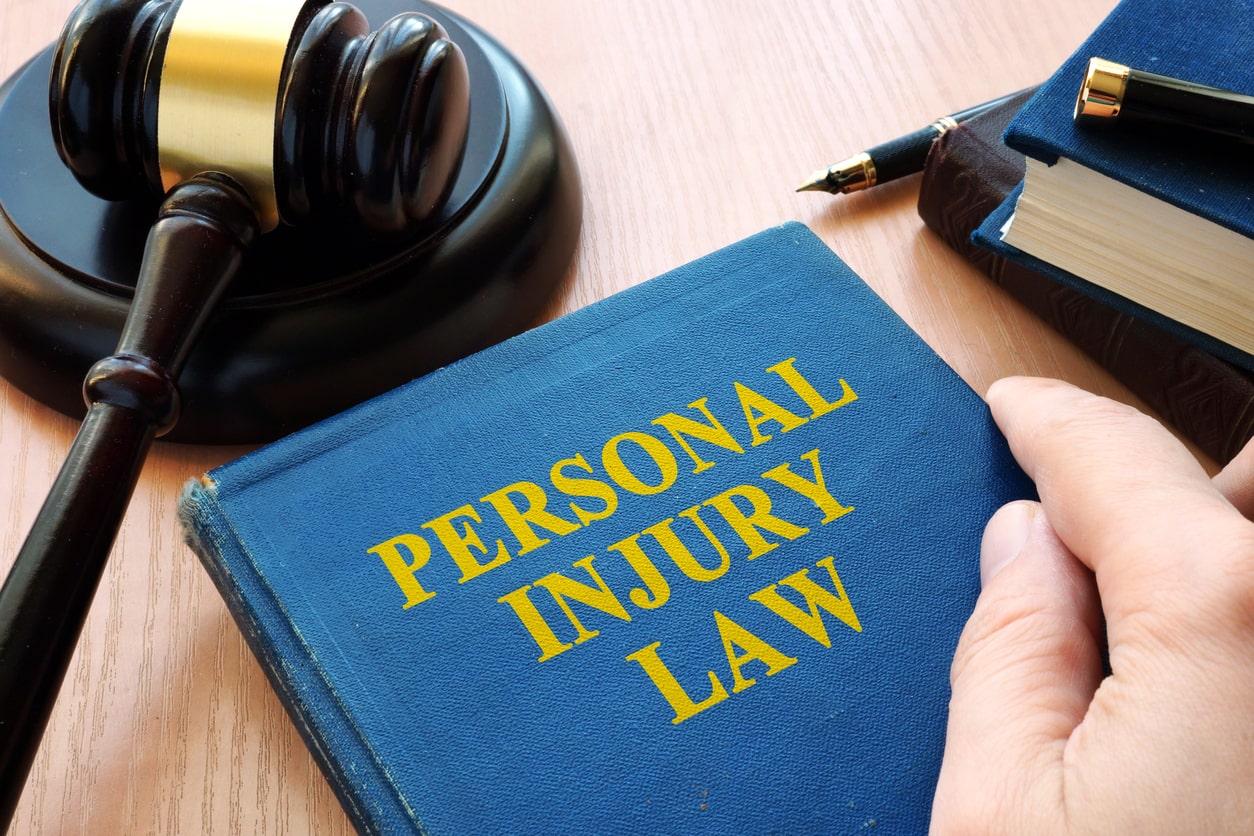
If you have been hurt due to the negligent actions of another, you may be entitled to monetary compensation. This article explains injury law and how it can help you recover the damages you deserve.
First, you must prove negligence. This involves verifying that the defendant’s breach caused your injury and that it was a proximate or direct cause of your injuries.
Negligence
Negligence is a legal term that refers to the act of carelessness, and it’s one of the most important concepts in injury law. When you are injured due to the negligence of another person or entity, you can seek monetary compensation for your damages through a personal injury lawsuit.
In order to establish negligence, you must show that the defendant owed you a duty of care and breached that duty. You must also prove that their breach caused your injuries.
You must also prove that the accident you were involved in was the proximate cause of your injuries. This is a difficult step, but it’s necessary to hold a defendant financially liable for your damages.
Damages
Damages in injury law are monetary compensation awarded to victims of negligence for the harm that they have suffered. These can include medical expenses, lost wages, emotional distress, pain and suffering, loss of future earning capacity, and more.
The court often awards “special” damages, or economic damage, to compensate the plaintiff for measurable losses caused by the defendant’s conduct. These can include medical bills, property damage, and other out-of-pocket costs.
In many cases, special damages are fairly straightforward to calculate but easier with a personal injury attorney. Nevertheless, it is important to keep track of your expenses as they occur and as you recover from the injuries you have sustained.
Non-economic damages are also a part of personal injury law and can include pain and suffering, emotional distress, mental anguish, disfigurement, and more. While they cannot be quantified by precise dollars, a skilled attorney can help you obtain a fair settlement for your non-economic damages. In addition, punitive damages may be awarded in some cases.
Statute of Limitations
If you’ve been injured in an accident, it’s important to know your state’s statute of limitations. This deadline is set by law to protect people who have suffered injuries from filing a lawsuit too late.
Almost every state has statutes of limitations, which range from one to six years depending on the type of case. However, there are certain exceptions to the standard rules that allow for more time.
The discovery rule is one of these exceptions. Under this rule, the statute of limitations is not triggered until you discover (or reasonably should have discovered) that you were injured and the cause was due to someone else’s negligent action.
This exception could apply if you were exposed to toxic substances, such as asbestos, and did not discover it until much later. This delay in recognizing your injury may give you additional time to file a claim, provided that it was reasonable.
Statute of Repose
A statute of repose bars a plaintiff from bringing a lawsuit that involves a defective product that has been in the market for a significant amount of time. In Texas, for example, this means that a suit against the manufacturer or seller of a product cannot be filed beyond 15 years from the date of purchase.
It’s important to understand the difference between a statute of limitations and a statute of repose when filing a personal injury claim. Understanding the differences can help you file your lawsuit within the time limits imposed by law, and can also prevent your case from being dismissed in the earliest stages of litigation.
The main difference between a statute of repose and a statute of limitations is that the former starts to run when a specific event occurs, while the latter starts to run when an injury or loss is discovered. This can make the overall timeline of a case much shorter, because the time can start running well before an injury occurs.






More Stories
Criminal Defense – Why Not Testify In Your Own Defense?
Using the services of the Best Divorce Or Household Legislation Legal professional For You – Idea Variety One
How to Choose the Best Eye Doctor